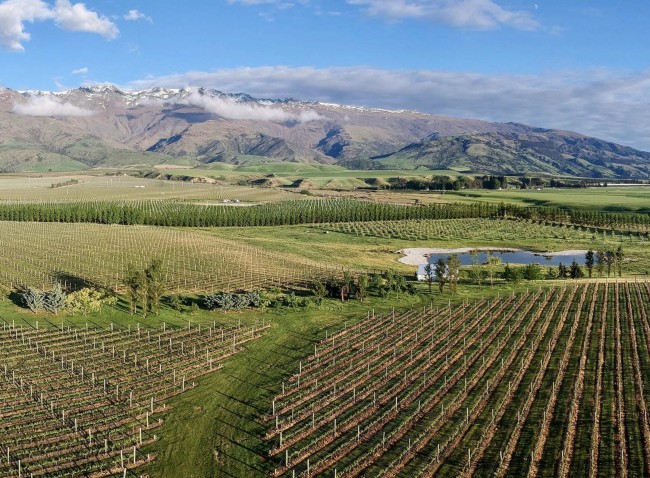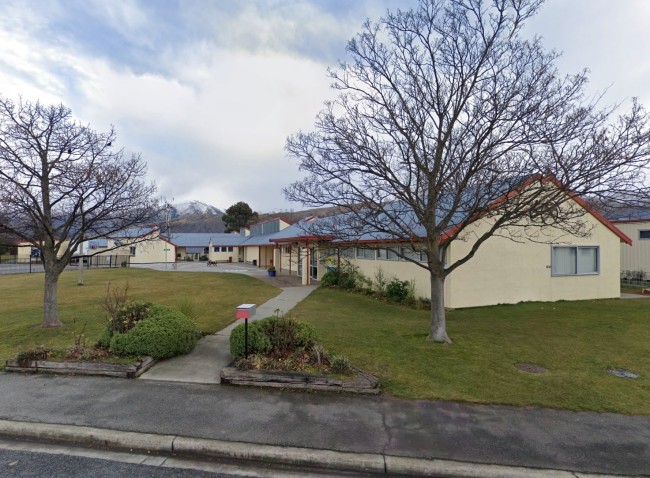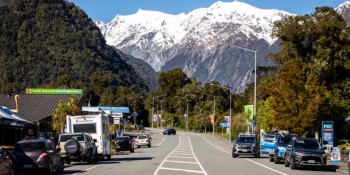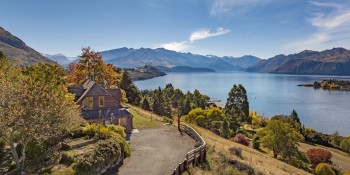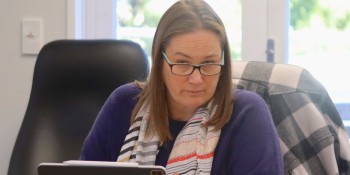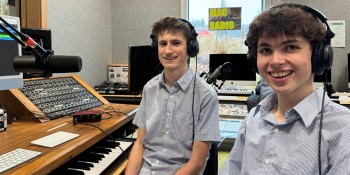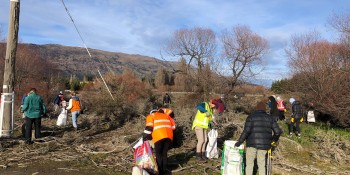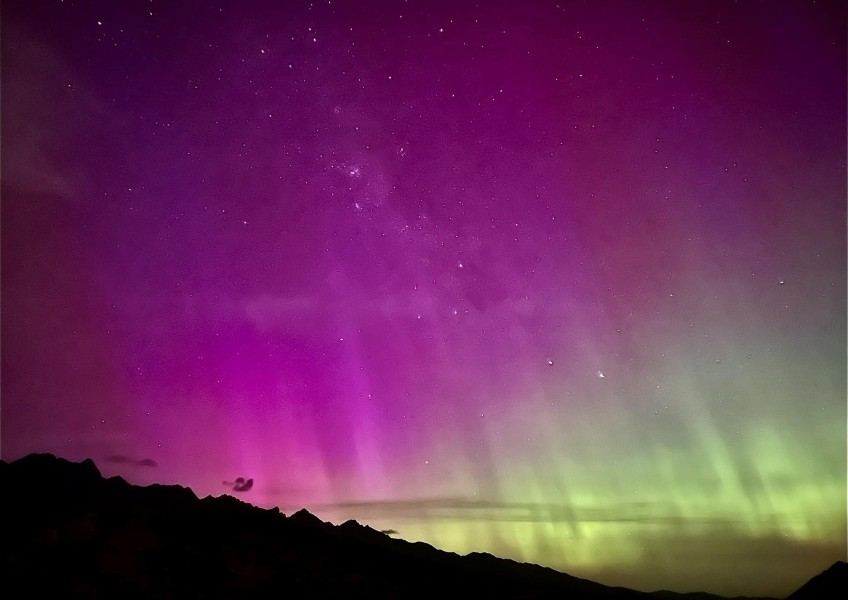
Queenstown photo of spectacular Southern Lights one of world's best
Those eager to observe Aurora Australis are in luck, the sun has entered its 'solar maximum', a once-in-11-year event that provides good viewing conditions for the Southern Lights.
And some in Queenstown have been lucky enough to spot the natural nighttime phenomenon already, with one resident capturing a stunning image that has been chosen as one of the world's best for the year.
Jordan McInally's photo of the Aurora Australis taken close to Moke Lake has been named in the top 25 images of the aurora - and he is one of three New Zealand photographers to have made the cut.
He told the competition judges he scrambled up a ridge to get to his vantage point, after a last-minute tip-off from friends.
"I spent around five hours up here and had this whole ridge to myself, shooting over 300 frames of all manner of beams and colours as the show was constantly changing."
There's plenty of other night owls and aurora enthusiasts chasing a glimpse of the famed colourful night sky too.
In the early hours of Saturday morning, Queenstown resident Debby Williams was one of them.
She was in luck as the display was a particularly dramatic one.
Ms Williams tells Crux the sky appeared to be "pulsating".
"It looked like a heartbeat.
"I thought it was pretty extreme, because I could see it with my naked eye. It was like light running from the horizon upwards, and it was doing it over and over again."
Living in Queenstown for four years, Ms Williams has seen a few aurora, but this was the first time she'd seen it flaring like this, and so large and high in the sky.
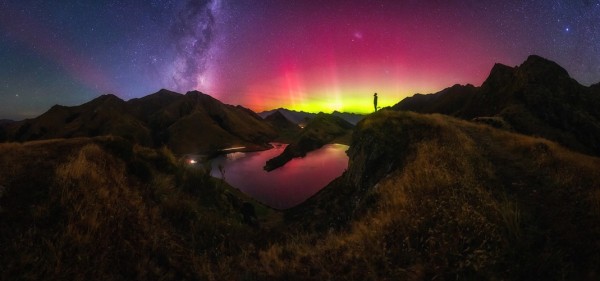
'Lost who I want to be' by Jordan McInally (Image: Capture the Atlas).
She says she sat on the porch of her Goldfield Heights home for about an hour looking at the lights from 1am.
University of Canterbury associate professor with a PhD in astronomy Karen Pollard told Crux that December 2's Aurora was different from the norm.
"This one was quite unusual, there was quite a lot of pulsing activity...you could almost see flares moving up through the sky."
Since we've reached a solar maximum, it means the sun is quite active at the moment and there are lots of solar storms and explosions on the surface of the sun, Ms Pollard says.
"When the sun is active it can send charged particles off into space," Ms Pollard says.
The charged particles hit the magnetic field of the Earth and are then funnelled down to the south and north magnetic poles.
She says the charged particles take two or three days to reach Earth, so checking solar flare activity is a good way to know if Aurora will be present in the following days.
Other tips offered by the astrology whiz are to make sure the southern Horizon can be seen from any potential aurora viewing spot, and to go somewhere dark without light pollution.
Ms Pollard didn't catch last week's light show herself and only saw photos and videos afterwards, however, she has seen many aurora from the Mount John Observatory in Canterbury.
Main image (Supplied): Debby Williams's capture of December 2's aurora, taken at Goldfield Heights looking over Peninsula Hill.












